Named: the Chelsea star Man United ‘REJECTED when offered him in Alejandro Garnacho swap deal’
Manchester United’s summer exit of Alejandro Garnacho — a transfer that dominated headlines and social feeds — has spawned a stream of dramatic detail about what was allegedly offered in return. Several outlets reported that Chelsea tried to sweeten the pot with one of their own youngsters, only for United to turn the proposal down. The tricky part: different sources name different players. Some reports say it was Romeo Lavia, others point to Tyrique George. Here’s what the reporting shows, why there’s confusion, and what each option would have meant for both clubs.
Two versions of the same swap
One strand of reporting — which picks up a line attributed to ESPN — claims Chelsea offered Romeo Lavia as part of an exchange to lower the cash outlay for Garnacho. That version says United declined because of concerns over Lavia’s fitness history: the Belgian has missed significant time through injury since his arrival at Stamford Bridge and, according to those reports, has struggled to complete 90 minutes on a consistent basis. If true, the rejection would have been motivated by short- and long-term risk to United’s midfield depth.
A competing narrative — backed by transfer reporter Fabrizio Romano and several outlets tracking swap proposals during the window — states Chelsea offered Tyrique George, a young forward/winger from their academy/senior fringe, as part of the package. Romano’s timeline and follow-ups indicate Chelsea tried to add George (and in other reported permutations, other youth/prospect players) to bridge the valuation gap between clubs. United’s rejection in that telling was less about chronic injury risk and more about valuation, squad planning and what the club considered acceptable return for a player of Garnacho’s profile.
Both versions can coexist in the transfer-window maze: clubs float multiple permutations, media outlets pick up different threads, and a final deal may reflect compromise, timing and hidden clauses. In short: the headline that “Man United rejected a Chelsea star” is technically true in several senses — but the identity of that “star” depends on which report you read.
Why Lavia would be an eyebrow-raiser
If United were indeed offered Romeo Lavia, the decision to say no is understandable on several levels. Lavia arrived at Chelsea for a large fee and was hyped as a technically gifted, ball-winning midfielder; but he has been hampered by repeated injuries since joining the Blues, and some pieces of reporting highlight his inability to complete full matches consistently. For a club like United, offloading a 21-year-old midfielder who might carry hidden injury risk — and whose market value has been dented by absences — could look like betting on a player with an uncertain upside rather than secure cash. Rejecting Lavia would therefore reflect medical caution and a preference for guaranteed value rather than speculative upside.
There’s also the tactical fit question. Ruben Amorim (United’s manager) has his ideas about midfield balance and player profiles; bringing in a player with fitness red flags who needs time to bed in might not match the immediate demands of a squad undergoing a rebuild. So even if Chelsea were willing to accept a lower cash fee by adding Lavia, United’s calculus could have tilted toward a clean cash sale rather than a swap that complicated future squad planning.
Why George looks more likely in other reports
Tyrique George’s name features in a number of transfer-window trackers and Romano’s updates. He is a young forward who has shown promise at Chelsea but also faces heavy competition for minutes. From Chelsea’s perspective, offering George makes sense: he’s younger, less expensive to move on, and would directly replace Garnacho’s positional profile rather than reposition United’s midfield. From United’s perspective, however, taking a 19-year-old prospect in exchange for an already more-experienced Garnacho would feel like a downgrade unless it came with substantial cash or other guarantees. That valuation mismatch is precisely the sort of reason United would refuse such a swap.
Fabrizio Romano’s reporting suggests Chelsea included George in proposals and that United “turned down” the inclusion — a claim that has been repeated by a number of outlets tracking the deal. Romano’s strength is that he often reports the specific permutations offered between clubs, which helps explain why this version of the story has traction.
The bigger picture: valuation, Profit & Sustainability and bargaining chips
One recurring theme across the reporting is that Chelsea and United simply differed on valuation. United reportedly set a high asking price for Garnacho; Chelsea sought ways to bridge that gap. Swaps, young player inclusions and structured payments are normal tools when clubs need creative financing — especially under Profit & Sustainability constraints that Chelsea and many other clubs face. Whether it was Lavia, George or another name floated in the background, the central fact is that Chelsea used assets (players) to lessen the cash burden, and United chose to stick to their valuation.
Chelsea’s willingness to include players — and even take a loss on Garnacho by accepting a lower net cash fee combined with a player — suggests they were highly motivated to get the deal done. United’s refusal to accept those permutations tells us two things: they either valued straight cash more, or they judged the specific players offered as insufficient replacements, either immediately or in the medium term. Both approaches are defensible depending on club strategy.
What this means going forward
For Garnacho, the move (if completed) is a step into a club that wanted him enough to move pieces around. For United, the decision to decline add-ons sends a message that they prefer clean deals or that they have stricter medical and valuation standards. For Chelsea, the exercise shows a club willing to leverage squad resources in pursuit of a tactical target. And for the transfer-watcher, the tale is a reminder that the “final” headline rarely captures the full bargaining table of proposals, counter-offers and back-channel negotiations that shape big moves.
—
Bottom line: multiple reports name different players as the one “rejected” by Manchester United — Romeo Lavia in some accounts and Tyrique George in others. Both explanations make sense from different strategic viewpoints: one raises medical and fitness questions, the other valuation and fit concerns. Until an official detailed breakdown of offers is published by the clubs (rare), the story is best read as an accurate window into the messy, multi-threaded nature of modern transfers rather than a single tidy headline.

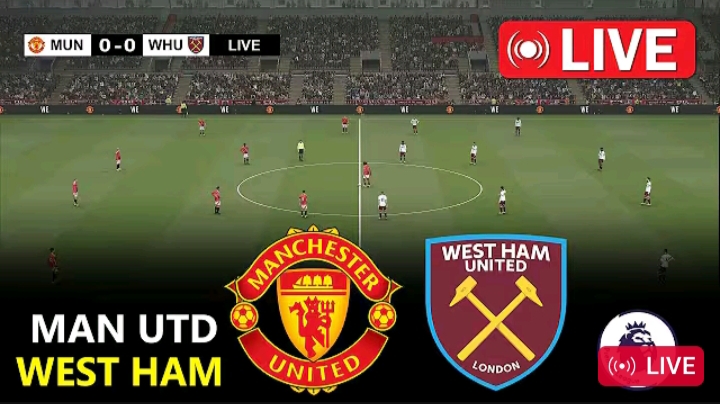
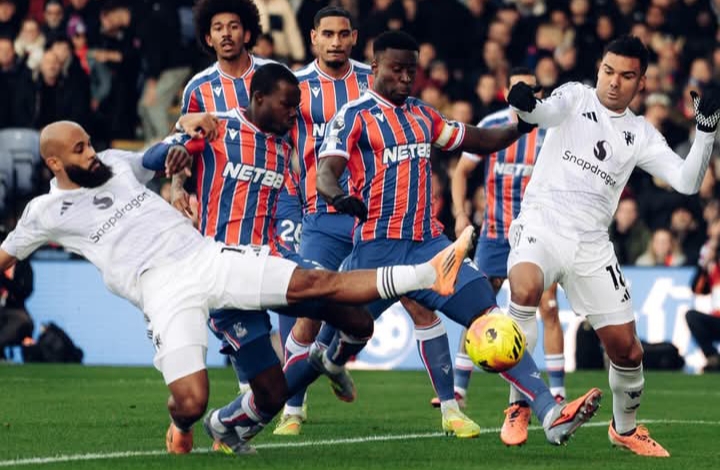
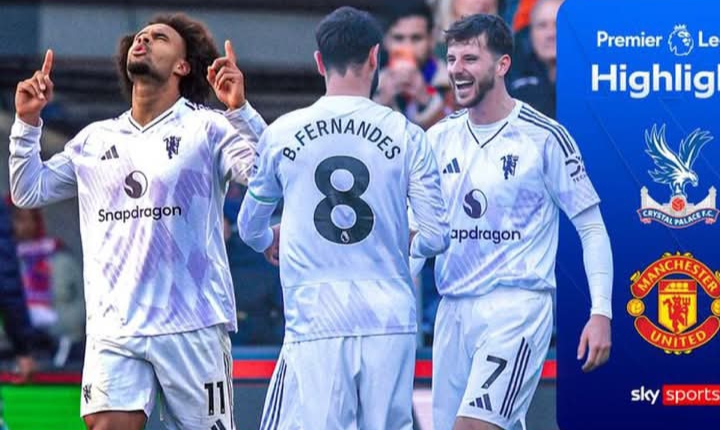
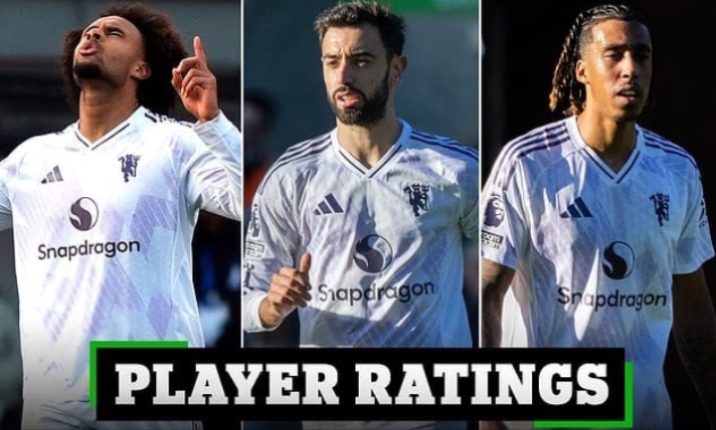

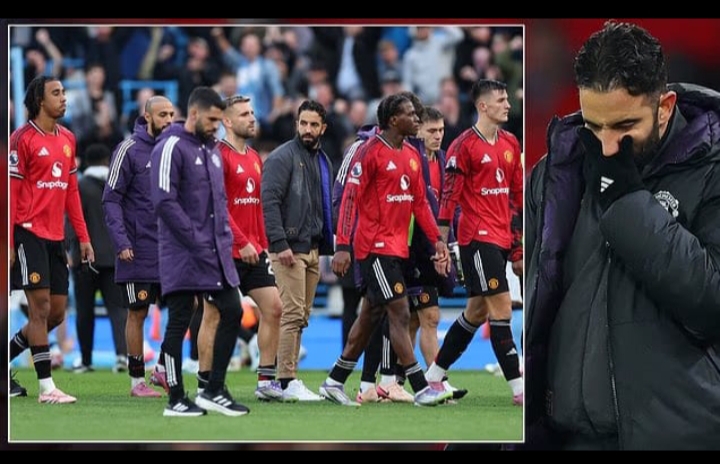
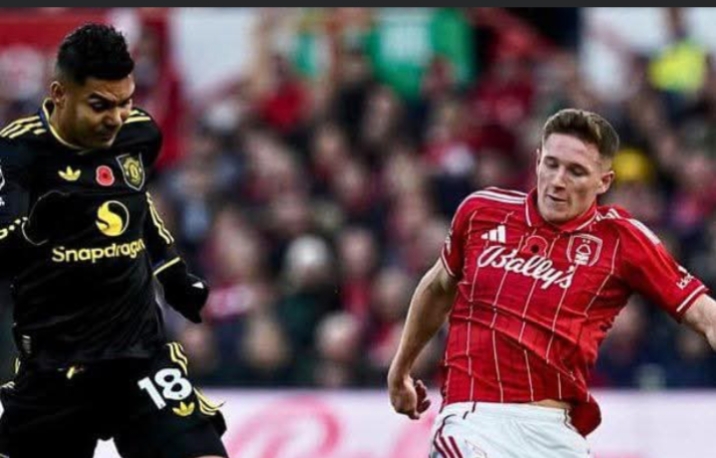
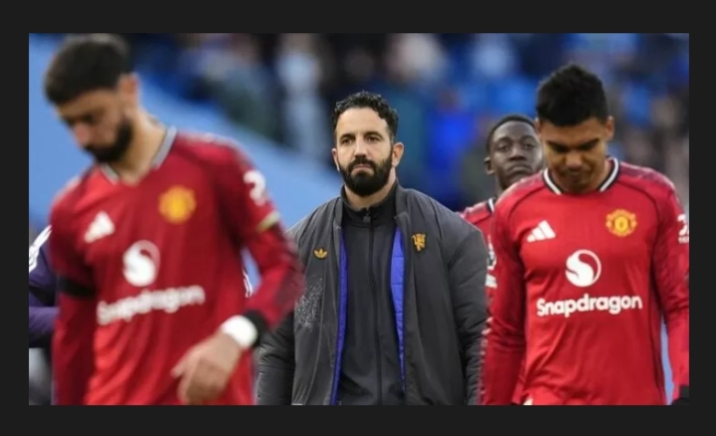
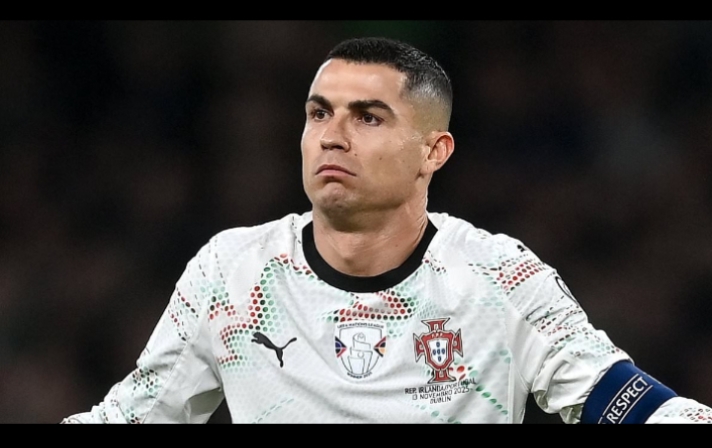

Leave a Reply